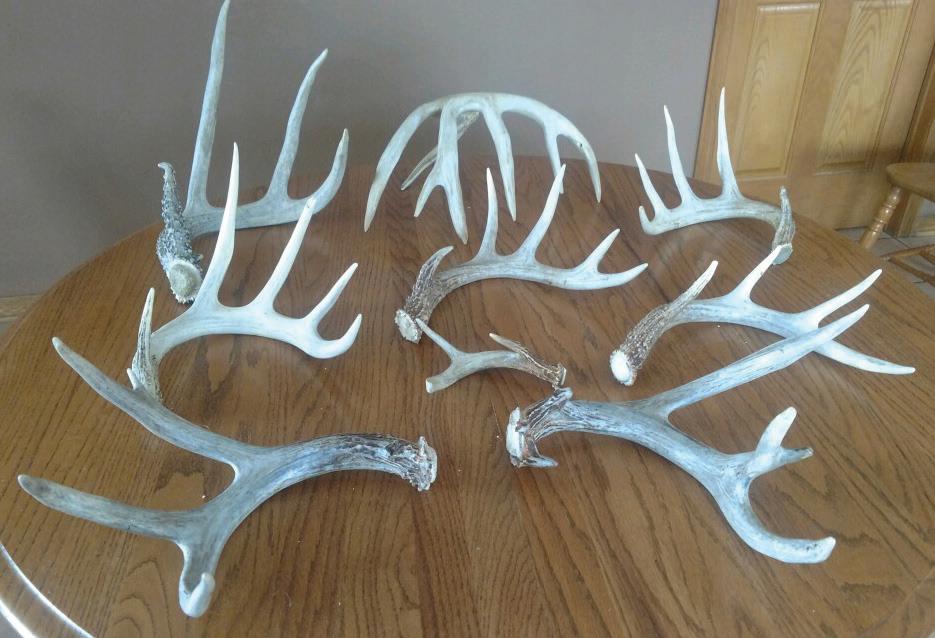
2 minute read
SHED HUNTING
Many MSAA members have taken up the hobby of looking for shed antlers. There are a number of things to keep in mind before you head out. Good locations can be in city parks, state and national parks, wildlife management areas and private property. Always secure permission if you are going to look on private property. Most farmers don’t mind you looking if you secure their approval first. Many farmers have had flat tires on their equipment from deer antlers during spring field work. You can actually provide a valuable service to the farmers by saving them time and money during planting time. Be sure to share what you find with the owner, after all they like to see the antlers they’ve probably observed during the year.
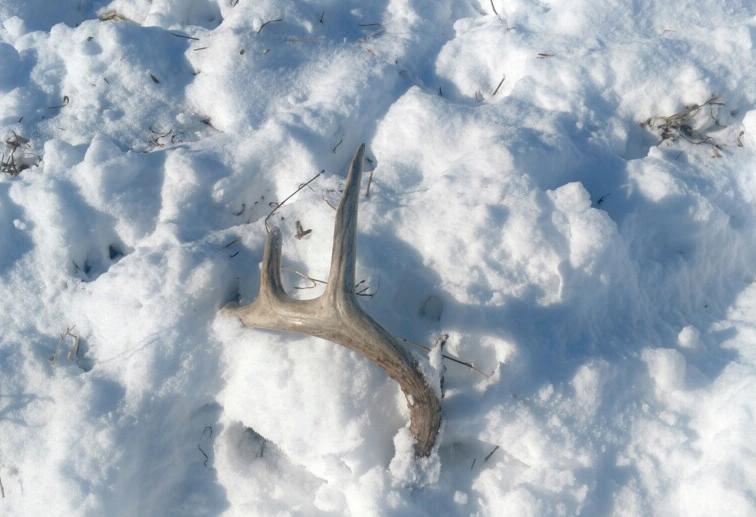
Advertisement
The two most critical factors are knowing where to look as well as when the antlers were cast. You can actually up your odds of finding sheds rather than stumbling around counting on blind luck. This is done by observation from roadways, asking questions of the landowners and familiarizing yourself with traditional deer yarding areas in the winter.
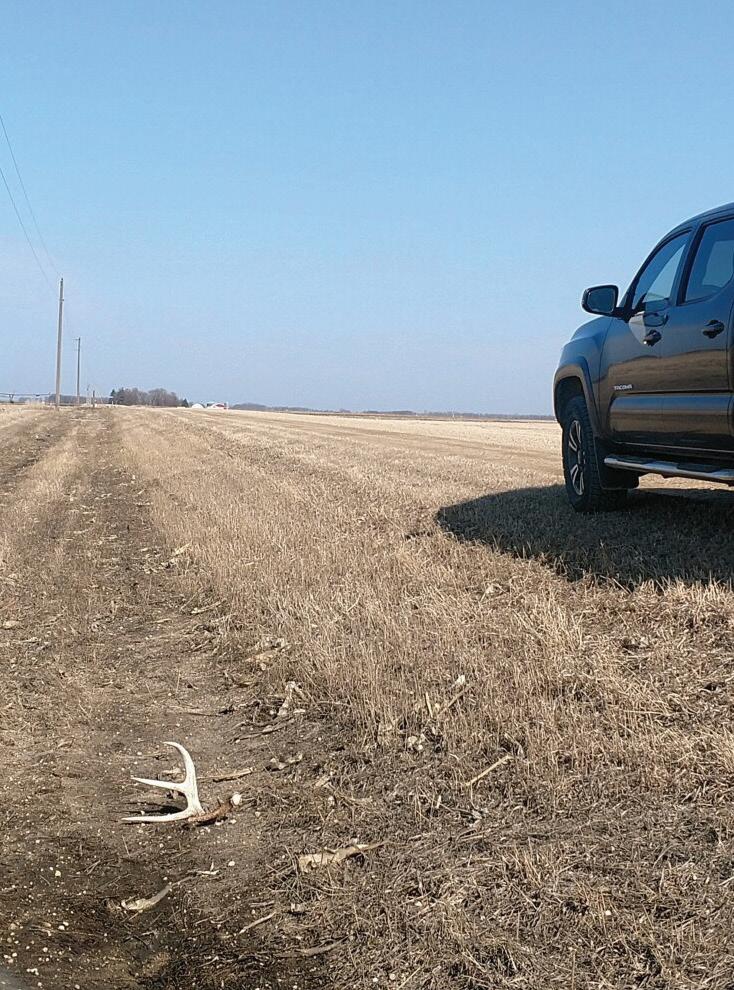
This particular year is somewhat unusual in that the deer in Southern Minnesota shed their antlers earlier than normal. Pheasant hunters were reporting seeing bucks missing one or both sides during the last week of pheasant season around December 31st. In normal years the bucks generally drop in late January and February. Last year was on the opposite end of the scale when several bucks carried into the first week of March. So what can cause these variations from one year to the next? Stressful weather and deep snow can play a role as well as a successful conclusion of the rut where most of the mating ends without protruded chasing and seeking for mates. When the rut concludes in a normal fashion, the male’s testosterone levels drop, signaling the male’s body chemistry to change allowing the pedilcles that hold the antlers to the skull to release them.
The deep snow is holding these treasures as we speak .Most people weren’t expecting an early drop of the antlers and then the heavy snows moved in. If you were watching a deer herd at the end of December on into the first two weeks of January, you could
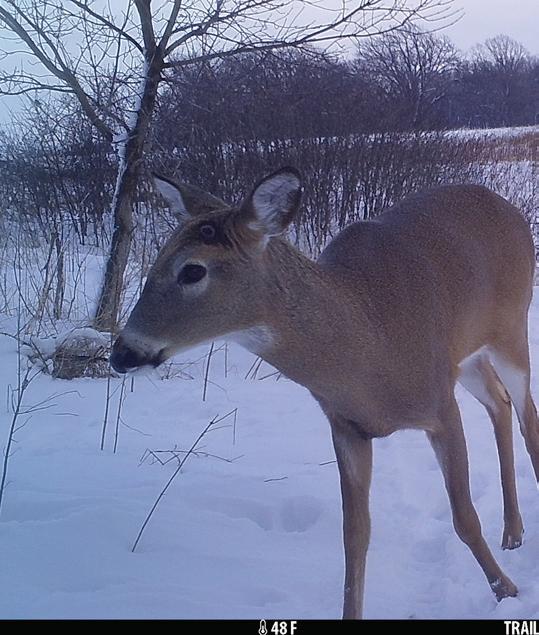
Written by Dar Arndt
be in business. You may have to search your memory banks on where you were observing the herds in early January.
If you don’t have locations nailed down, you will benefit greatly by searching known bedding areas, trails leading from bedding areas to feeding areas (corn and soybean stubble and grassy slopes.) Quality bedding areas have exposure to the sun and are usually protected from the wind. Deer need water in the winter and any source can be a hotspot if it doesn’t freeze over completely. Lastly, deer like thermal cover like cedar and evergreen trees. Many an antler has been found amongst cedar tree stands whether they are in a swamp or a hillside.
In conclusion, be ready for much exercise and the overwhelming rush that comes over you when you find your first one. The real excitement sets in when you try to find the matching side. It could be close by or a considerable distance away. You never know what could have put the deer on the move on the exact day he was shedding. Could be snowmobiles, hikers, coyotes, loggers etc. Try and learn from your experiences so you aren’t the one pressuring the deer herd to lose their antlers somewhere else out of your search area.
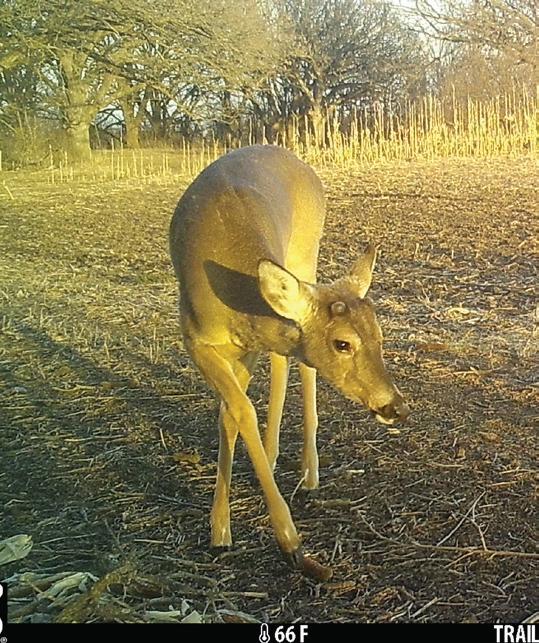
LOCATION:
Our 2023 Summer League schedule has been set. Join us every Thursday night at 6:00pm (earlier as the days grow shorter in the fall) from June 2 to August 25 at the Mississippi River County Park Archery Range.
Mississippi River County Park Archery Range
41376 County Road 1, Rice MN, 56367






